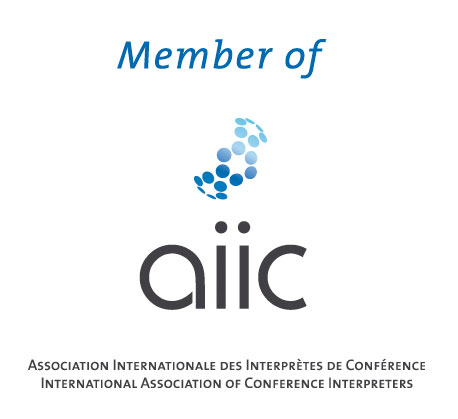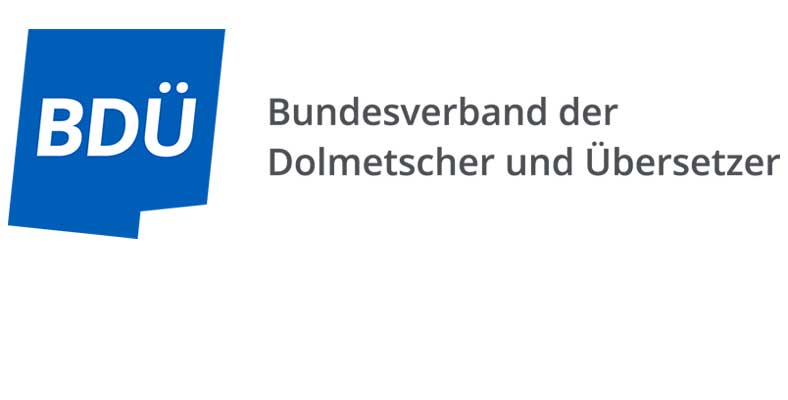INTERPRETING
We speak Russian, English and German but we also know what to omit
Good interpreters hear what is said and understand what is meant
Interpreting does not mean simply translating a text or speech word for word.
Rather, it is a matter of making the meaning behind it clear.
About conveying the context and what the author or speaker wishes to communicate. What their message is.
It is important therefore for any serious interpreter always to keep up to date with the relevant background information and update their subject-specific expertise. This is as true in relation to the balance sheets of Russian companies as it is of German contract law.
And should you need us to provide our own technical equipment in addition to our expertise, we can do that too.
We are experts in all forms of interpretation
Our services depend on your requirements
Before we translate a single word we advise you on what form of interpretation is best for your particular task.
Meaning, for example, how do we translate long, controversial and sometimes chaotic discussions quickly and in a way that makes them understandable?
Because specifically the spoken word so often demands most attention.
Simultaneous interpretation
Simultaneous interpretation is a form of interpreting in which the interpretation is produced virtually simultaneously with the source text. The term “simultaneous” relates to the fact that the interpreter does two things at once, these being listening and speaking. The brief delay between what the speaker says and what the interpreter says is known in the industry as “décalage”. The commonest form of simultaneous interpretation is the work in sound-proof interpreting booths (booth interpretation) usually installed at the back of the conference room and which normally have two or three interpreters for each language combination. Given the high level of mental and physical stress, simultaneous interpreters always work in teams. They swap in and out every 15 to 30 minutes and provide each other with support in case of difficulties. The interpreters hear the speaker through headphones and speak into a microphone, the signal from which is in turn sent to listeners’ headphones.
According to a 2007 study by the World Health Organization (WHO), the job of simultaneous interpreter is the third most stressful in the world, immediately behind pilots and flight controllers.
Whispered interpretation
Whispered interpretation (also known as “chuchotage” from the French word “chuchoter” for “whisper”) is a form of simultaneous interpretation. Here, however, the interpreter does not sit in a sound-proof booth but directly next to or behind his/her listeners (no more than one or two). This model is extremely taxing on the interpreter and hence only possible for short periods because it requires the interpreter to work in more challenging acoustic conditions.
Nowadays, whispered interpretation is also understood to include the use of a wireless microphone and about 10-20 radio receivers (tour guide system). The simultaneous interpreter sits within the area of the relevant language group and whispers into the microphone a translation of the source language into the desired target language. For small groups, this arrangement may still be do-able but for multiple languages and listeners and for longer events it can be irksome, as the whispering can often get in the way. In certain situations, however, such as works tours, the use of a tour guide system may be the only option available for simultaneous interpretation.
Consecutive interpretation
Consecutive interpretation is the oldest form of interpreting. “Consecutive” (from the Latin “consequi”) means “immediately following” or “successive”, this being understood timewise in the case of consecutive interpretation. The speaker speaks first, and the interpreter then translates the relevant section into the target language. This is generally done without technical support. Given the time required, consecutive interpretation is only infrequently used at conferences these days. It is more common in the case of negotiations, workshops, work meetings and some other events. Irrespective of the form of interpretation, whether it is consecutive or simultaneous, the interpreter needs to prepare the specialist topic intensively and thoroughly ahead of each assignment. Preparation often takes longer than the assignment itself.
Negotiation interpretation
Negotiation interpretation is essentially a form of consecutive interpretation. As the name suggests, this type of interpretation is suited to negotiations and discussions in which the partners to the discussions communicate with one another quickly and directly. During negotiation interpretation the interpreter sits at the table and delivers an oral translation of shorter sections of the discussion.




